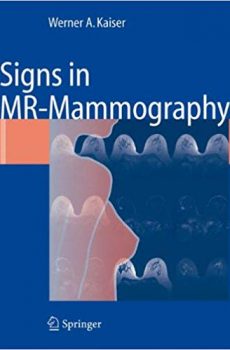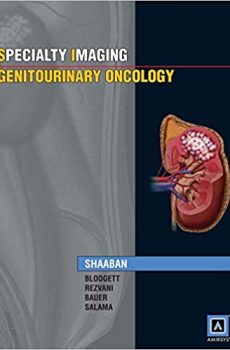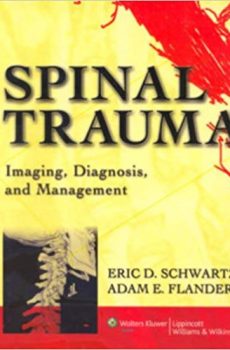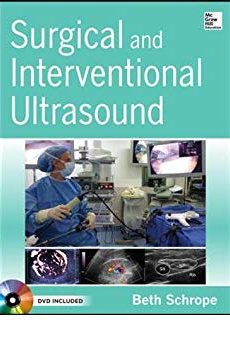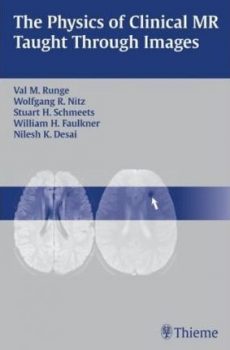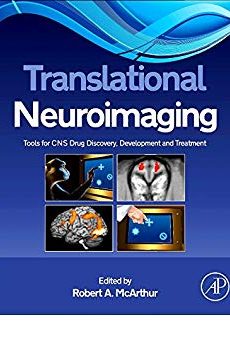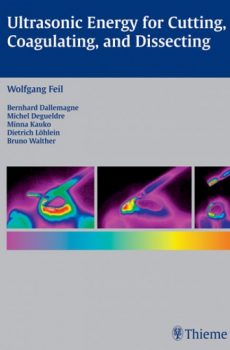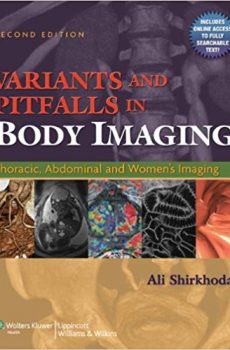Variants and Pitfalls in Body Imaging, Second Edition is the key to identifying features on images that can impede accurate diagnosis, particularly normal anatomic variants and technical artifacts that mimic pathology. Covering the abdomen, pelvis, and thorax and all current imaging modalities, this sourcebook explains how to differentiate normal anatomic variants, technical artifacts, and other diagnostic pitfalls from pathologic conditions.
Organized by site for easy reference, the book covers CT, MRI, ultrasound, and nuclear medicine. This edition includes advanced technologies such as multidetector CT scanning for cardiovascular imaging, CT and MR enterography for enterocolitis, virtual colonoscopy, CT and MR urography, prostate and breast MR imaging, and PET/CT scanning. Well-respected radiologists walk the reader through specific body areas, describing problems, solutions, and relevant anatomy. Users will come away with a clear understanding that will yield on-target assessments for every patient.




